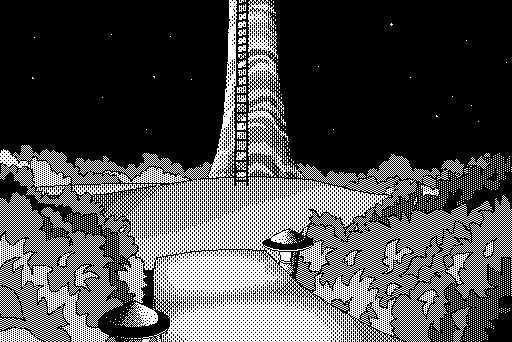

Last but not least was the Voyager Company interactive book catalogue. The Time Table contained over 6,000 HyperCards and also sold for $150.ĥ. Mainly a narrative of science and technology, it was released in CD form for Macintosh in 1991. You can check a YouTube video of the HyperCard-based Time Table of History here. "The scope of the Catalog, and its natural card-size chunkiness, made it the ideal trial from Apple's viewpoint," later recalled Kevin Kelly, so Apple "funded us to tell them what we could learn putting the Whole Earth Catalog into HyperCard." The Whole Earth hyperlog was 9,742 pages at a list price of $150.Ĥ. The staff of the Whole Earth Catalog got wind of HyperCard even before it was put on the market in 1987. Take a guided tour of the Manhole Masterpiece edition via this YouTube video.ģ. Prior to its release on CD, the original software required a small pile of floppy disks to hold its 600 connected screens. Before Myst, the Miller brothers made a splash with The Manhole (1987)-a wanderlust game designed for children. The CD included 40 minutes of music, 2,500 images, and an hour of QuickTime movies.Ģ. The Cyan company released the game in 1993, but it took about two years for Cyan's founders Rand and Ryan Miller to construct the elaborate landscapes that addicted a generation. Myst is probably the most famous project in HyperCard history. You could also turn your own pictures into buttons.įive cool HyperCard stacks1. You could install "buttons" that linked individual cards within the stack to each other and that played various sounds as the user clicked them, mostly notably a "boing" clip that to this day I can't get out of my mind. You could insert "fields" into these cards that showed text, tables, or even images.

HyperCard allowed you to create "stacks" of cards, which were visual pages on a Macintosh screen. I opened the app and read the instructions. She used the device most, since I did my computing on an IBM 286 and just wanted to keep up with Apple developments. But after we set up the Mac, I sat down with it one evening and noticed a program on the applications menu. She would purchase a Macintosh computer, I would buy an external hard drive, and we would leave the system in the living room to share. Sometime around 1988, my landlady and I cut a deal. This piece originally ran on as Hypercard approached its 25th anniversary, and it appears unchanged below.

The application turns 32 later this summer, so with staff off we thought it was time to resurface this look at Hypercard's legacy.

Many will spend that time relaxing or traveling with family, but maybe someone will dust off their old MacIntosh and fire up Hypercard, a beloved bit of Apple software and development kit in the pre-Web era. Update: It's Memorial Day weekend here in the US, and the Ars staff has a long weekend accordingly.


 0 kommentar(er)
0 kommentar(er)
